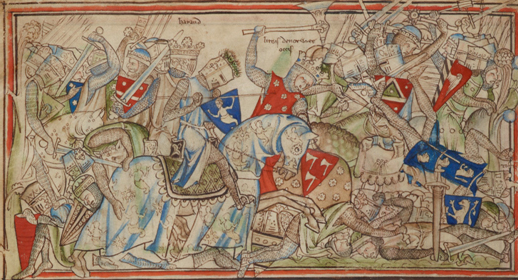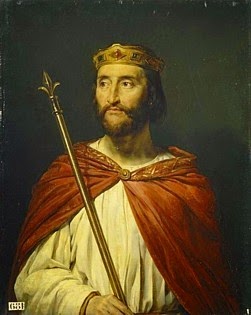 |
| Excerpt from the Taxatio; see the word "Census" upper-right |
Nicholas was willing to do this to support Edward's intention to go on Crusade. He had been on Crusade decades earlier, and supposedly intended to go again. In 1291, however, the Mamluks captured Acre, the last Christian stronghold in the Middle East, removing from European hands the opportunity for a convenient base from which to re-take the Holy Land. Edward never went on Crusade, but the Taxatio remained.
The documents created by the Taxatio determined the possessions and taxable income of England and Wales for almost 300 years, up until Henry VIII. Historians now can find many inaccuracies in the documents—mostly because the tax was determined inconsistently: each parish assigned two clergy to interview each landholder and record their income. This was done differently in different parishes; the cutoff level for taxable income, for instance, was not always listed consistently.
Edward needed more money, however, in order to finance his wars. In 1294 he demanded (using threats) a tax from the clergy of 50%, and got it. A year later, he decided to be gentler and get them to agree to give him money. This gentler approach failed, however, because the clergy did not want to give in, thereby showing their obedience to a temporal ruler. Edward turned to the Archbishop of Canterbury (Robert Winchelsey) and got him to summon the clergy together; this was the first time the English clergy were called in Convocation, paralleling Parliament. In order to prevent abuses like this in the future, Pope Boniface VIII in 1296 issued a papal bull against such payments.
Edward countered this by telling his law courts not to hear any grievances brought by clergy, but to hear any grievance brought against clergy. The English clergy could take just so much of this, and got around the pope's injunctions by volunteering an amount equivalent to the king's request.
































